Why is Furniture from the Victorian period so impressive?
In a nutshell combining design motifs from a range of periods into a cohesive framework are characteristics that are commonly associated with Victorian furniture and are the key to understanding Victorian furniture.
At the heart of Victorian furniture lies a passion for the dramatic. Elaborate details and embellishments adorn every surface. The Victorians, fuelled by a desire to showcase their wealth and social standing, spared no expense in creating furniture pieces that exuded a sense of luxury and prestige.
One defining characteristic of Victorian furniture is its use of rich, high-quality materials. Fine woods such as mahogany, rosewood, and walnut were commonly employed, their natural hues serving as a backdrop for the ornate carvings and intricate inlays that adorned the surfaces. These materials were often combined with luxurious fabrics, such as velvet, silk, and brocade, which added an additional layer of sumptuousness to the overall aesthetic.
In terms of form, Victorian furniture embraced a fusion of styles. It drew inspiration from various historical periods, including elements from Gothic, Rococo, and Renaissance design. This eclectic approach resulted in the use of a variety of motifs and forms, creating pieces that were both nostalgic and innovative. Ornate scrolling, curves, and carved details were prevalent.
Another characteristic that distinguishes Victorian furniture is its sheer scale. Furniture items of this era were often designed to dominate their surroundings, commanding attention and evoking a sense of awe. Oversized proportions and impressive shapes were common, creating statement pieces within the grand interiors of Victorian homes. Whether it was a majestic four-poster bed or an intricately carved dining table, these pieces embodied the Victorian desire for grandeur and splendour.
How was production of furniture in the Victorian era different to earlier periods?
The production of furniture during the Victorian era shifted significantly from being hand-made to machine-made, reducing the prices and making it significantly more accessible. As a result of this shift, Victorian furniture included all different kinds of pieces, including chairs, settees, and sofas, in addition to end tables, coffee tables, beds, and case goods.
The coil springs
During the Victorian era, the first coiled spring was patented by furniture makers, resulting in shorter chair legs and seats becoming deeper to accommodate the springs placed beneath the seats. Because of this, upholstery had to be made more durable to withstand the wear and tear caused by the springs.
Oak, walnut, mahogany, and rosewood were some of the more common types of wood used in the construction of Victorian furniture. Marble was often used to cover the tabletops or sideboards. Iron was also used in various pieces of Victorian furniture during this period.
Extremely Detailed decoration
Many pieces of Victorian furniture included intricate carvings, decorations, and adornment as if they were trying to compensate for the absence of bespoke furniture at the time. You could find carved wood along the tops of the couch and chair backs and arms, but you could also find it on bed frames and dressers.
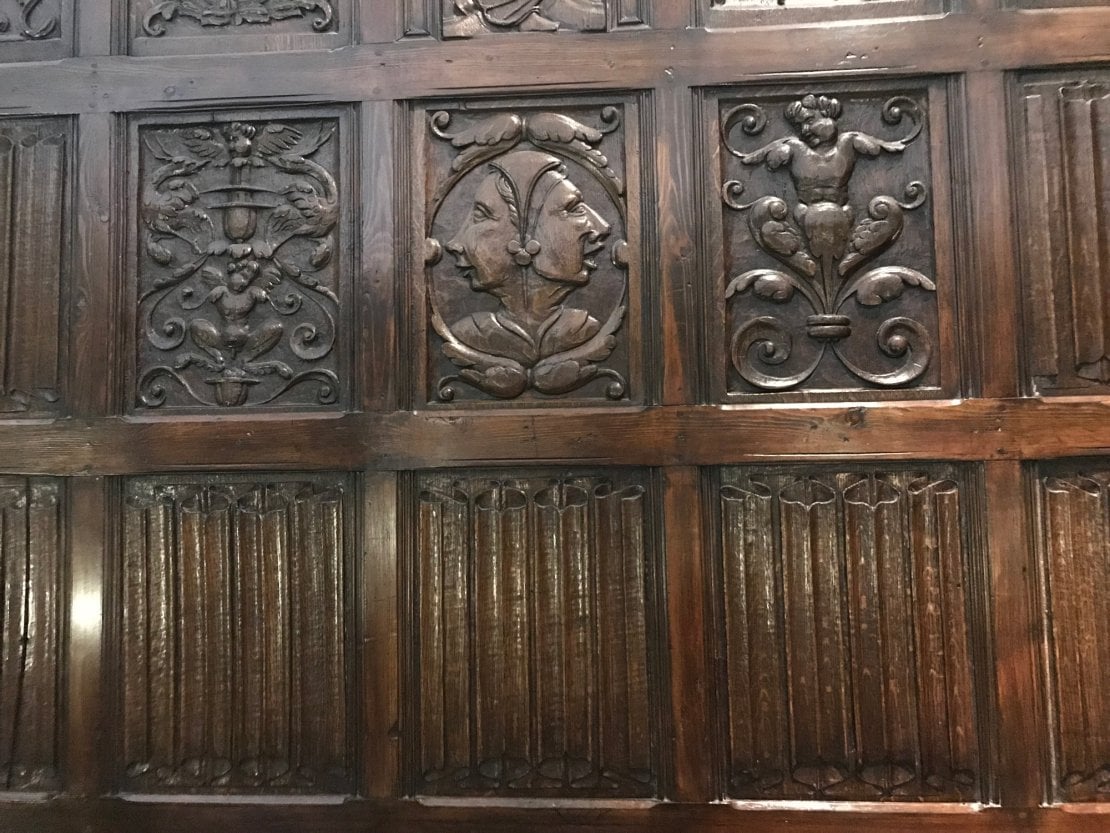
The carvings on these pieces of furniture included curvy leaves, trailing vines, fruits, fleur-de-leis, ribbons and bows, and occasionally plump cherubs. Depending on the piece, wood may have a dark finish applied to it, or it may be painted and gilded with gold.
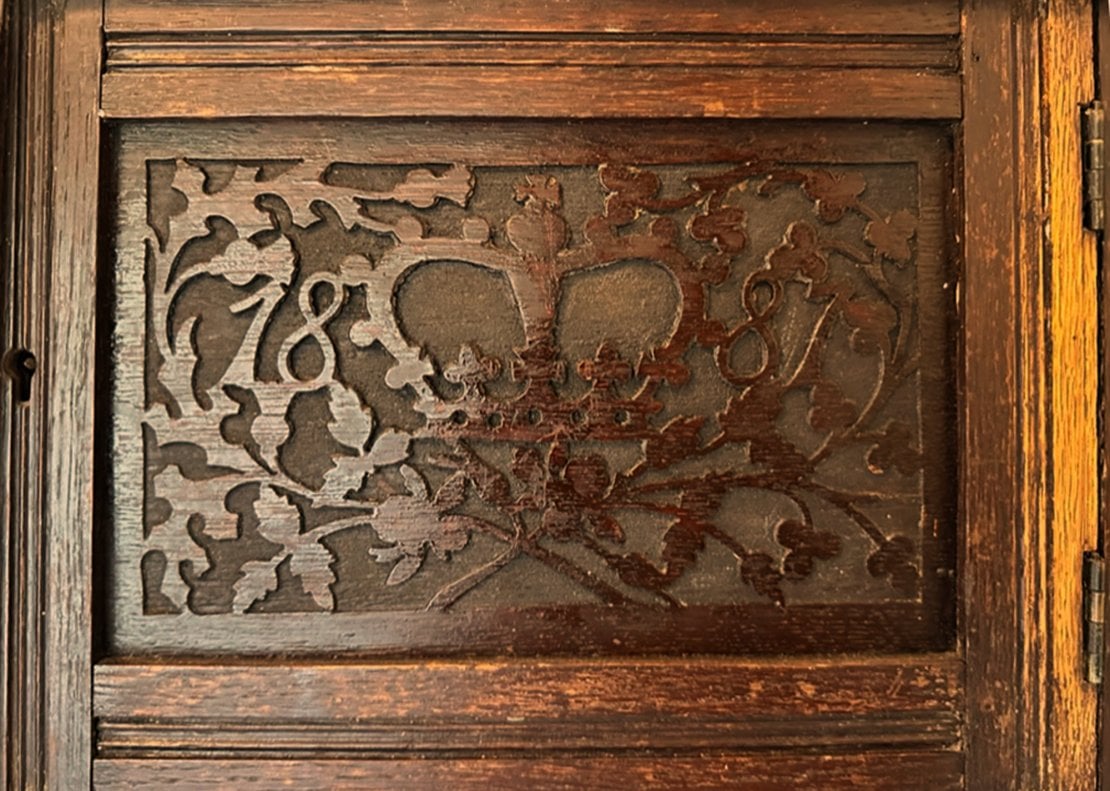
Upholstery Fabrics from the Victorian Era
The upholstery of Victorian furniture deserves special mention. Soft furnishings such as plush cushions and elaborate upholstery techniques were employed to create an inviting and comfortable seat. Tufting, deep buttoning, and intricate stitching were often used to embellish chairs and sofas, transforming them into works of art in their own right. The upholstery fabrics, often displaying intricate patterns and vibrant colours, added a touch of extravagance to the overall design.
Victorian upholstery fabric used on this style of furniture represented the newly acquired affluence of the upper-middle class. The principal fabrics used included dense brocades, damasks, velvets, and needlepoint in various vibrant colours. The backs of sofas and chairs were frequently tufted in diamond patterns with buttons stitched at each point of the diamond.
This type of tufting is known as diamond buttoning. Unless they were solid colours, fabrics almost always featured floral patterns to match the floral wallpaper that was used in homes. However, fabrics did not feature floral motifs if they were solid colours.
If you are looking to reupholster any of these beautiful pieces, we'd recommend that you stick to Victorian fabrics for which there are many reproductions available.
Is Victorian furniture popular?
While Victorian furniture is obviously awe-inspiring, it is not without its critics. Some argue that the excessive decoration and grandiose scale can verge on ostentation, which overshadows the functional aspects of the pieces. Others find fault with the heavy-handedness of the design, claiming that the intricate details can overwhelm the eye and detract from the overall harmony of a room. Nonetheless, it is precisely these qualities that make Victorian furniture an embodiment of the era's spirit and a remarkable testament to the human desire for artistic expression.
Decorating with furniture from the Victorian era
Victorian furniture represents an extravagant and ornate chapter in the history of design. It stands as a testament to an era where beauty was celebrated in its most lavish form. From its opulent materials and intricate carvings, Victorian furniture perfectly displays the essence of the era's penchant for excess. Whether admired for its intricacy or criticised for its ostentation, one thing remains undeniable: Victorian furniture remains an enduring symbol of a bygone era and a mesmerising window into the aesthetic aspirations of the past.
If you're a fan of using Victorian decor in your interior design scheme, you don't need to overwhelm your home with Victorian antique furniture, but adding one or two tasteful pieces from that era can accentuate the design you already have going on in your home. For instance, the fainting couch, which is also known as the chaise lounge, can be a pretty addition to a master bedroom if it is positioned between two windows. Curtain fabrics can be chosen to complement your furniture.
When it was necessary, the fainting couch provided the woman who was tightly corseted with a moment of relief. The dining room would commonly feature a Victorian cabinet with a marble top and a mahogany dining table with ball and claw feet, both creating a striking impression.
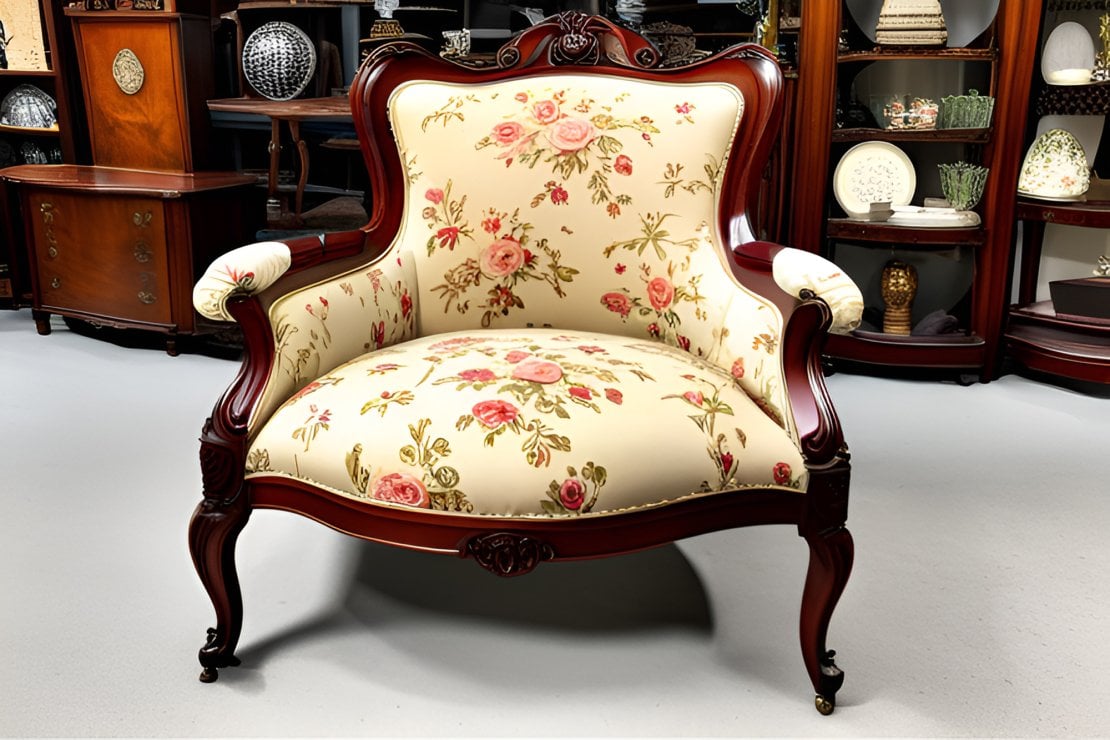
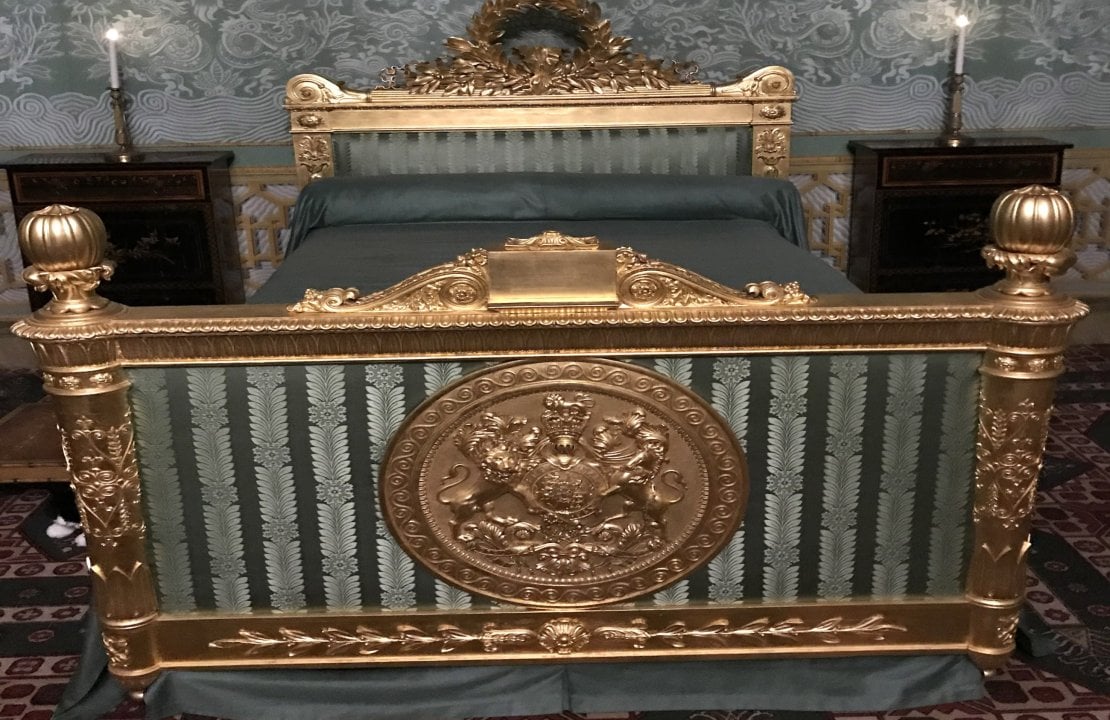
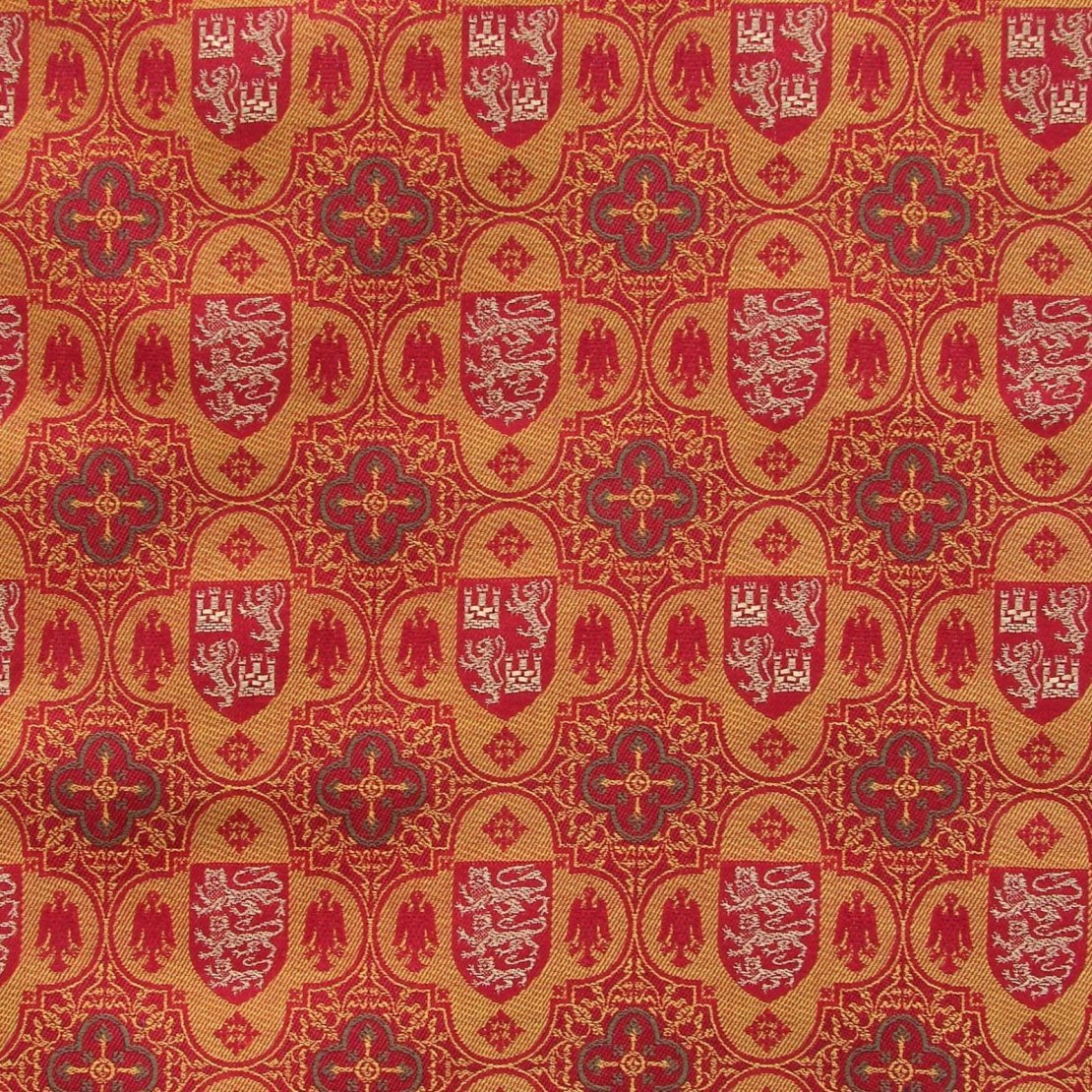

Be the first to add a comment...